Perhaps one of the strangest projects I've ever put together -- I present to you, a build of the Vintage Coin-Operated Graphing Calculator from the hilarious Onion Article.
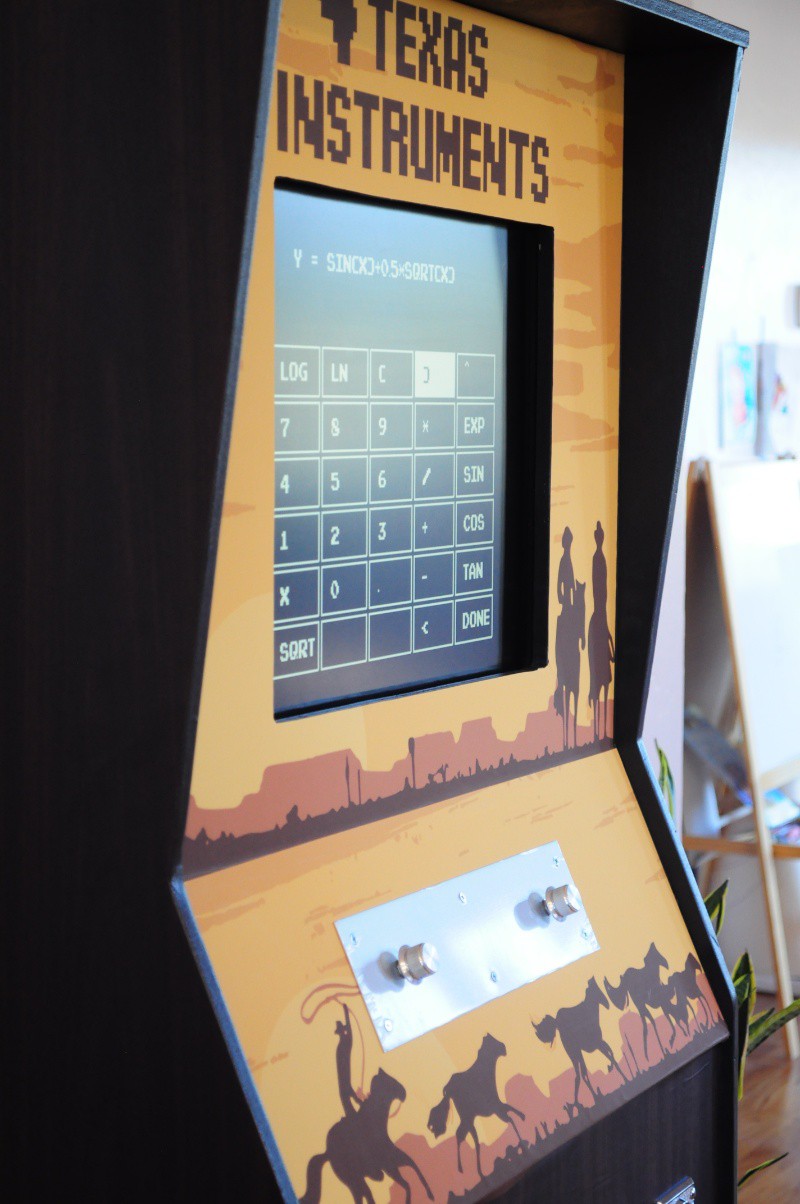 I love the Onion, and recently I came across one of their articles that talks about a person scoring a vintage coin-operated graphing calculator:
I love the Onion, and recently I came across one of their articles that talks about a person scoring a vintage coin-operated graphing calculator:

The article just really cracks me up, but possibly the best part is the picture -- equal parts brilliant, beautiful, and offensive to the eyes in a way that only 70s/80s wood paneling could be. I felt strangely compelled to make one, and with my father coming to visit for the holidays, it gave us a perfect quick project to help keep us both out of trouble (and an excuse to teach my 4 year old how to sand...).
With that, I present to you what is possibly the world's only coin-operated graphing calculator in arcade cabinet form:
I tried to make the cabinet as true as possible to the version pictured in the article. I made the assumption that the machine was probably about 24 inches across, and then measured the image to come up with appropriate dimensions -- it's about 24 inches wide, stands about 5 feet tall, and is about 14 inches deep. The structure is built from 1/2 inch plywood, with an vinyl adhesive print for the graphics, and an adhesive-backed wood veneer for the sides.
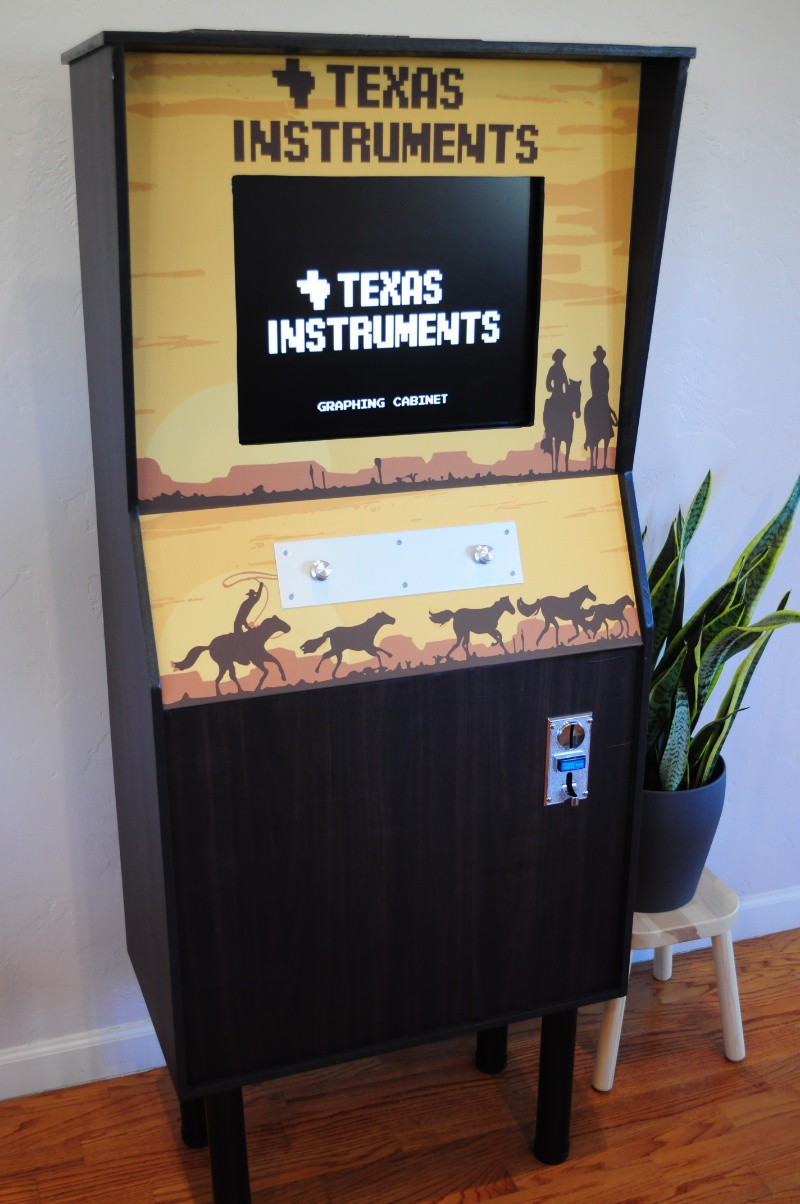
Just like the article, the graphing cabinet is fully functional and able to support a full range of equations. One of the challenges was figuring out how to enter equations when the picture shows the only input as two knobs -- either you turn it into a giant etch-a-sketch, or make a sort of on-screen keyboard. I went with the on-screen keyboard. Each of the knobs is a rotary encoder with a push-button functionality, so that you can push it in to select the equation key. The knobs themselves are as close to the picture as I could find -- I think these were originally intended for guitars, with their flared bases.
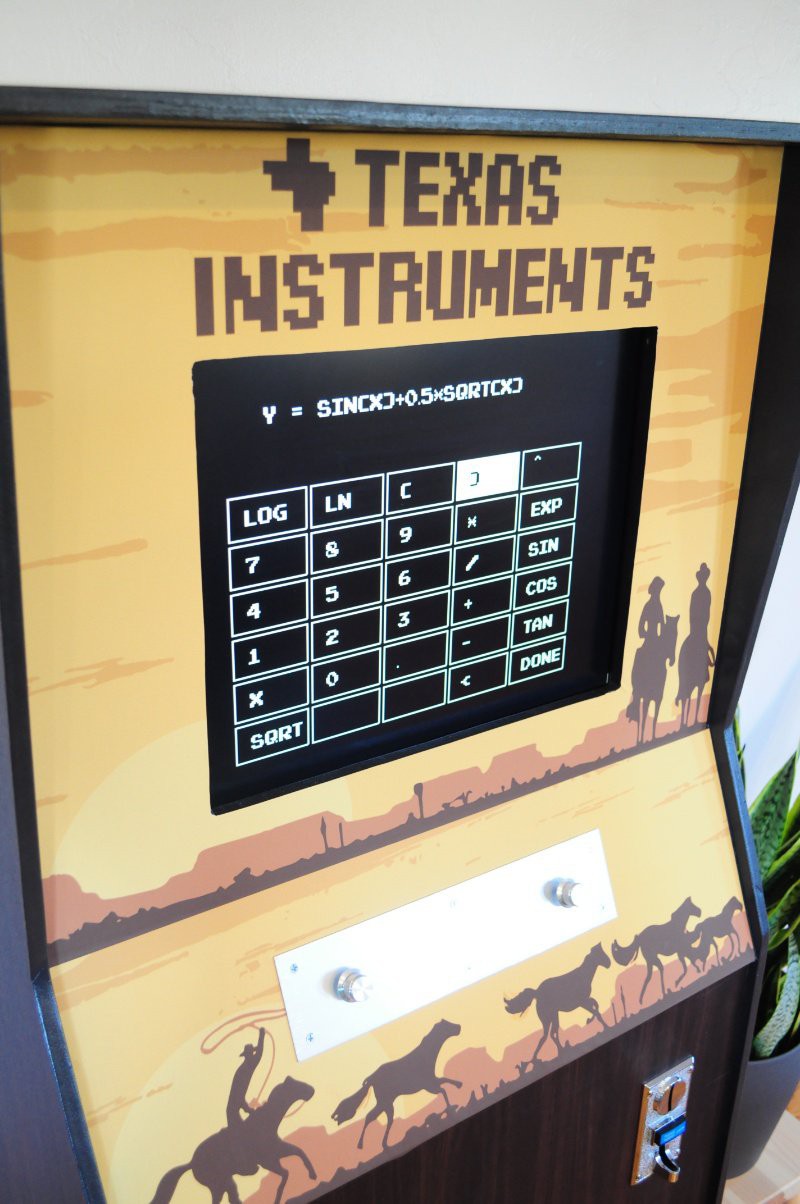
Here's a picture of one of the plots, showing an equation with multiple elements. When the plotting screen is engaged, the knobs now control zoom (the left one is coarse, and the right one is fine-grained zoom). The Y-axis is auto-scaling.

Here's an exponential function:

Ironically, just like the Onion article, my cosine button was initially broken (the call to the math function had a typo), but is now in fully functioning order:

And finally, a log(x) / x:

The build itself has two components: The mechanical bits, and the electronics:
Mechanical: I don't work with wood a lot, and really only have experience framing walls, so this thing is built perhaps a little over-kill, in that it's framed like a wall inside, though with 2x3s instead of 2x4s. Still, it's very solid, so if the building inspector came by they might still feel comfortable approving it as a dwelling. I've never built an arcade cabinet before, but a lot of folks seem to use MDF for the sides -- having the full plywood here keeps everything quite rigid, and probably makes it one of the safest things to hide under during an earthquake, should the need ever arise...
Electrical: Everything is off-the-shelf, so there isn't much to it (as one can see below in the picture, with the back of the cabinet removed). A Raspberry Pi drives an ancient 4:3 LCD monitor I found on craigslist. An Arduino Uno interfaces with the encoders, as well as the coin acceptor, and streams these as serial data to the Pi at 115200 baud. A quick graphing calculator program written in PyGame takes care of all the graphics and logic. There's currently also a wireless USB keyboard (sitting on top) in case one needs anything.
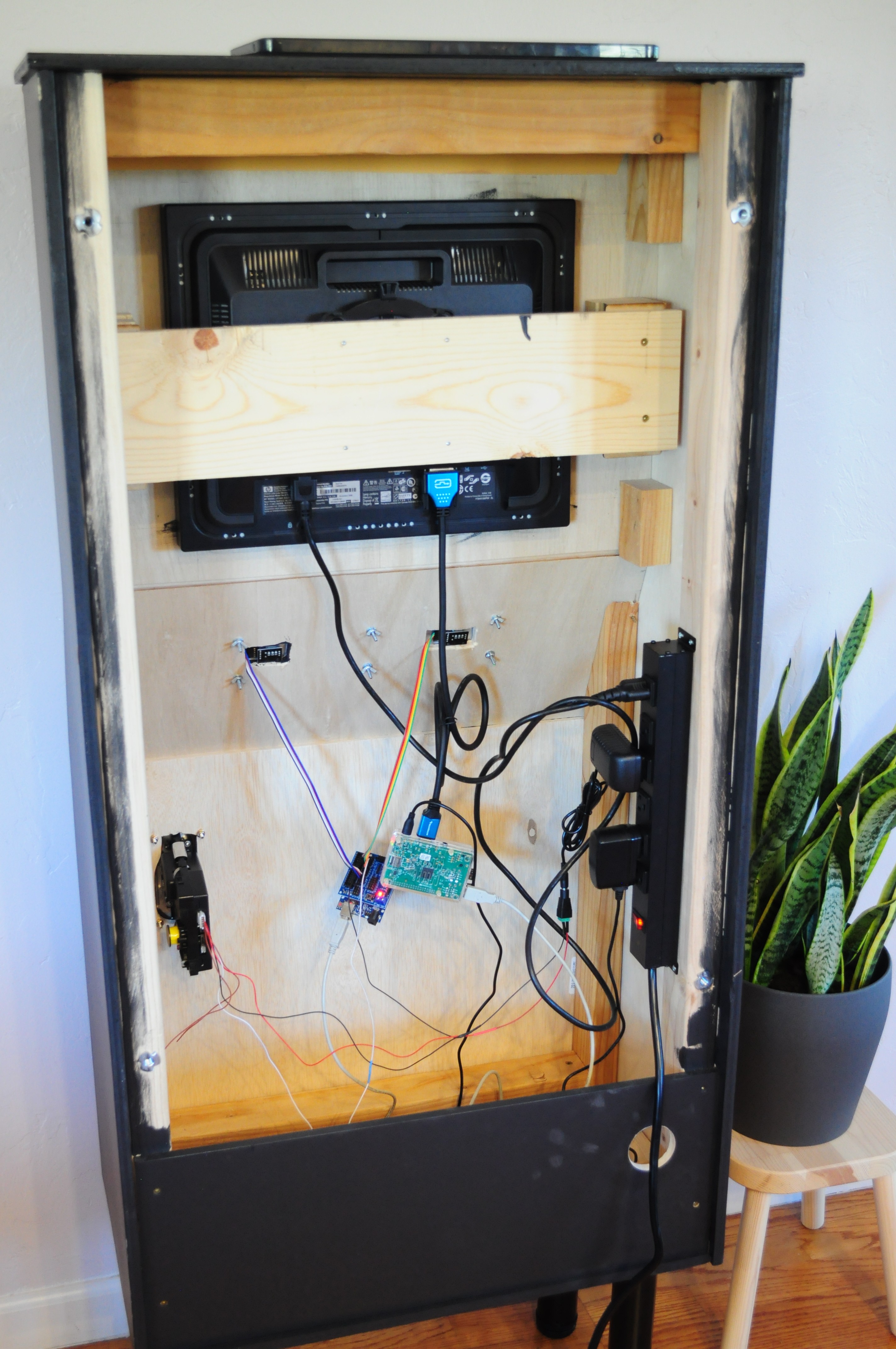
Like the article says, it's hard to resist the nostalgia as one plots the period, amplitude, and phase. I admit that as a scientist I do more plots now than...
Read more » peter jansen
peter jansen


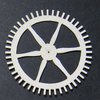

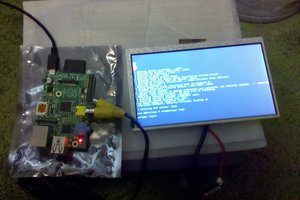
 Depot
Depot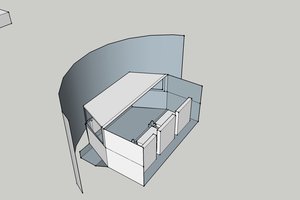

 Victor Frost
Victor Frost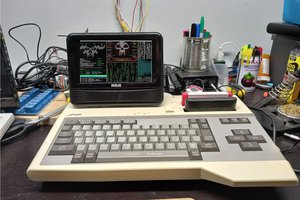
Brilliant make of an utterly useless device. ;-) I like the contrast between the great looking front and the terrible wiring on the back.